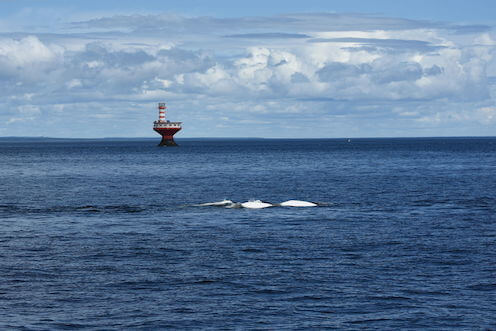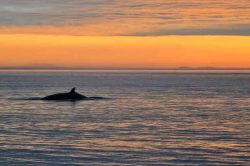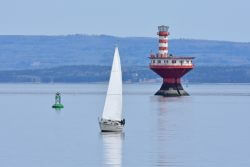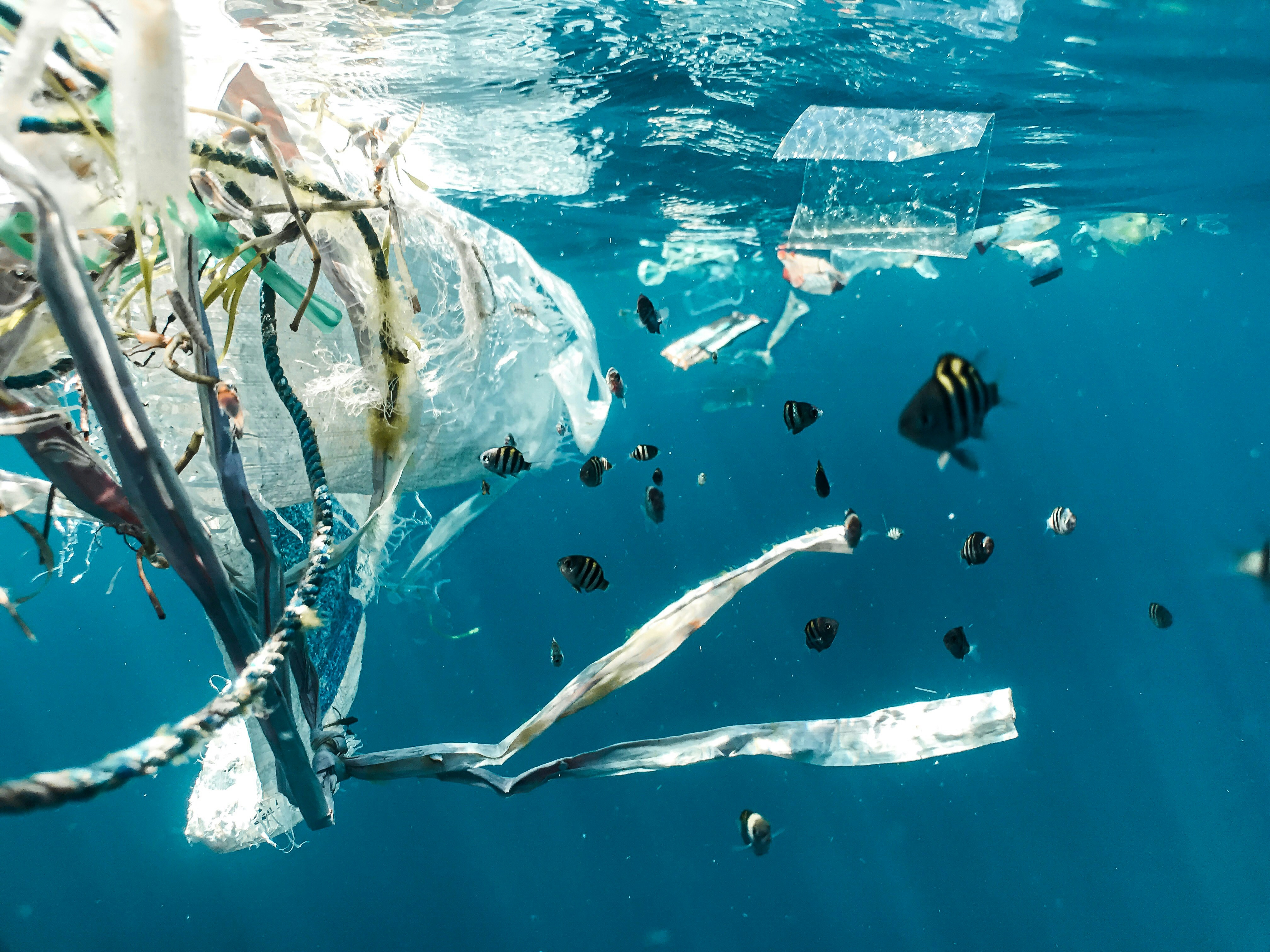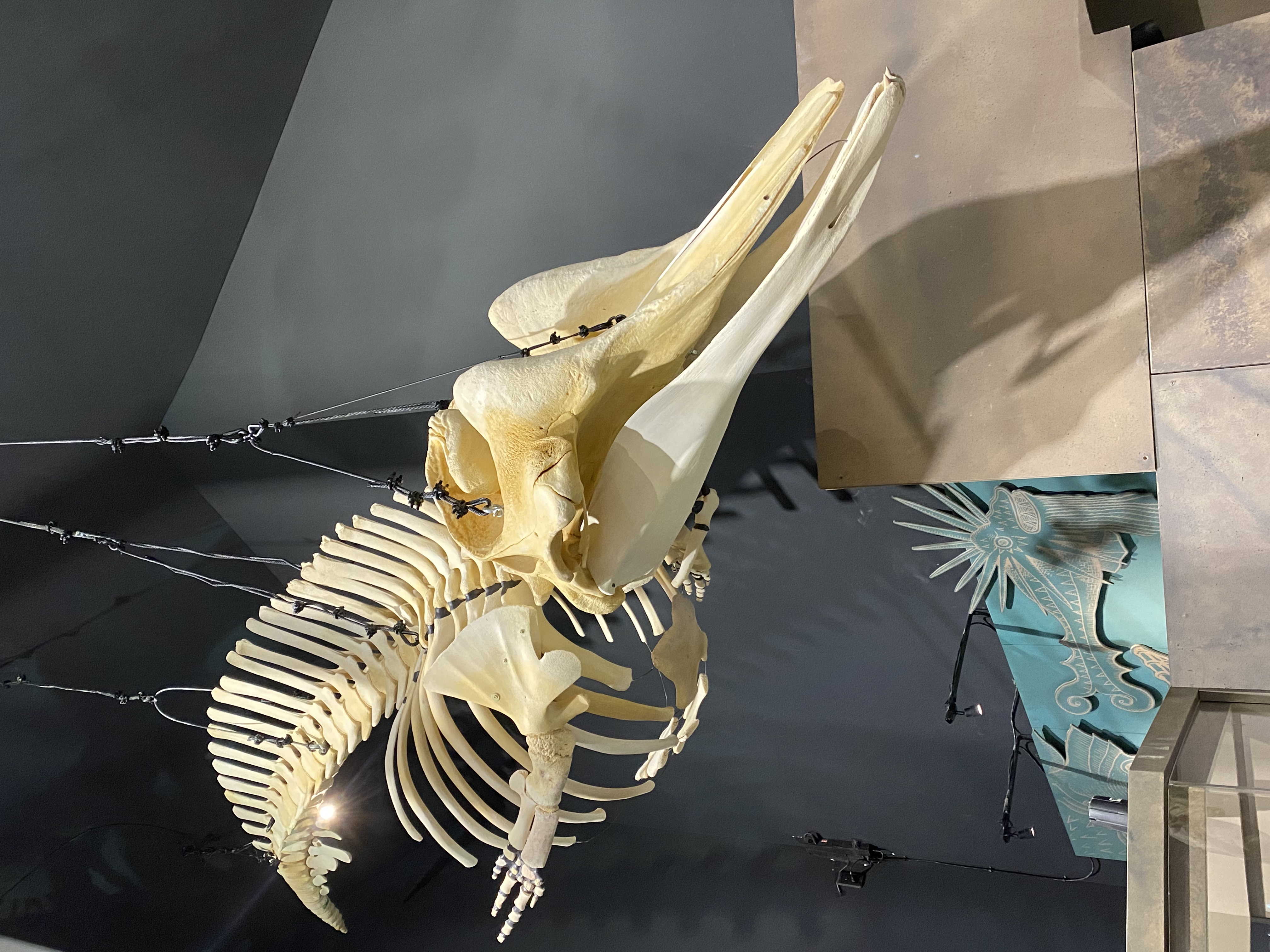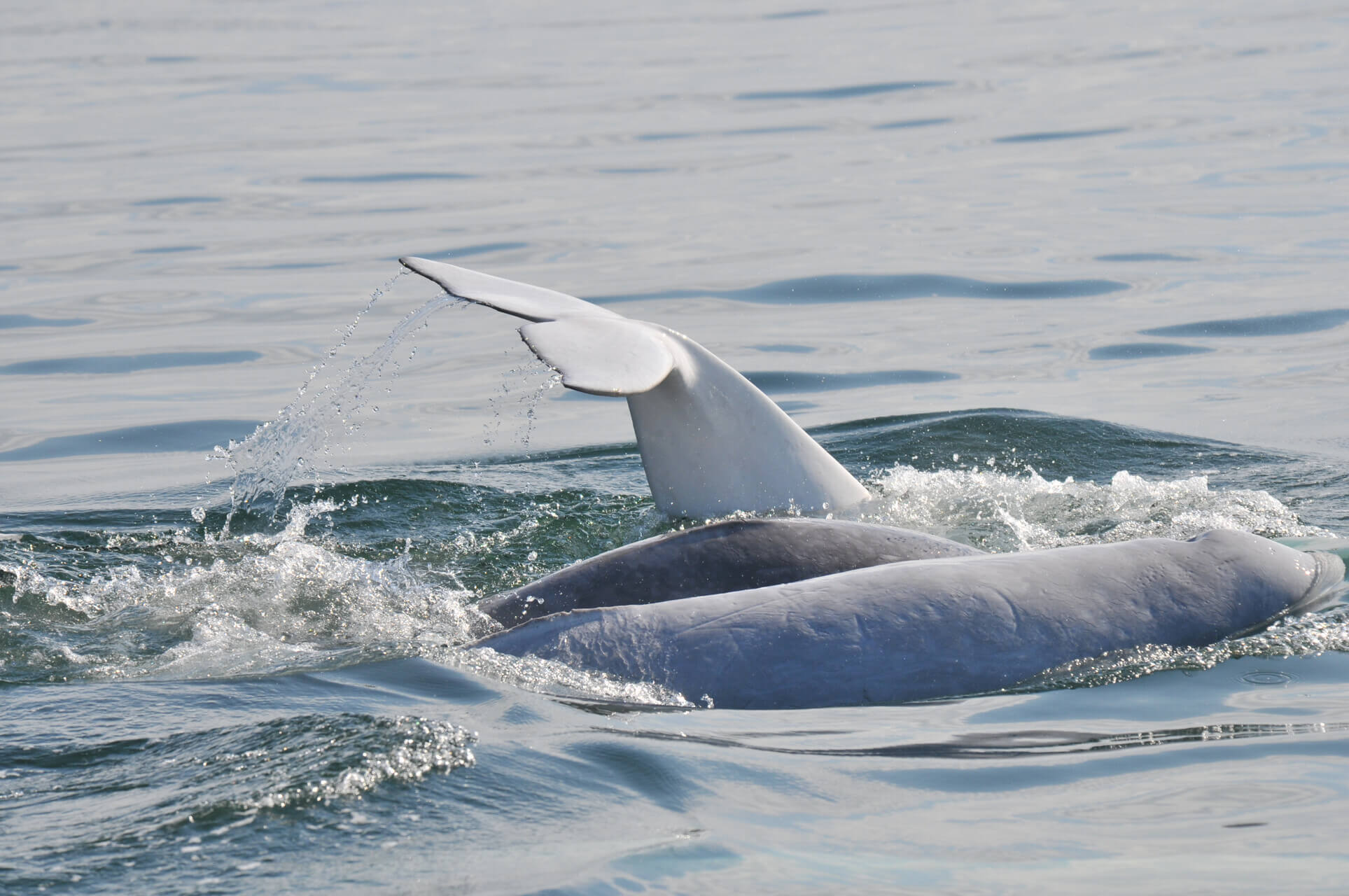The Saguenay-St. Lawrence Marine Park as we know it today was created in 1998. However, it took several decades of consultations and waiting to get there, hence the importance of celebrating this 20thanniversary. Already in the 1970s, the scientific community, researchers and local residents recognized the unique value of the landscape, took an interest in marine life and requested that this area be protected. The event that triggered the consultations was the status of the St. Lawrence beluga. The precarious situation of the latter demanded urgent protection measures in order to preserve its natural habitat. In 1988, the St. Lawrence Action Plan became the first step toward creating the marine protected area. The federal and provincial governments then agreed to define a conservation zone at the mouth of the Saguenay Fjord. Two years later, the process of creating a marine park was announced. The park’s boundaries roughly correspond to the summer range of the St. Lawrence beluga.
In addition to being one of the first Marine Protected Areas in Canada, the creation of the Saguenay-St. Lawrence Marine Park has been innovative in many ways. It was the first time the federal and provincial governments agreed to provide shared leadership. Since rivers are managed by the federal government and shorelines and the seabed are managed by the provincial government, the solution was to split park management between Ottawa and Québec City. Notably, this would explain the delay between the time the Marine Park was first announced and the time it officially opened in 1998.
In addition to being one of the first Marine Protected Areas in Canada, the creation of the Saguenay-St. Lawrence Marine Park has been innovative in many ways. It was the first time the federal and provincial governments agreed to provide shared leadership. Since rivers are managed by the federal government and shorelines and the seabed are managed by the provincial government, the solution was to split park management between Ottawa and Québec City. Notably, this would explain the delay between the time the Marine Park was first announced and the time it officially opened in 1998.
Major achievements following the creation of the Marine Park undoubtedly include implementation of the Marine Activities Regulations and voluntary speed reduction measures for the shipping industry. Since then, the number of collisions with marine mammals has decreased significantly.
Thanks to the creation of this marine protected area, concrete actions have been put in place to reduce anthropogenic impact on the natural environment. Thanks to the St. Lawrence beluga, which remains the primary focus and driving force of the Marine Park, not only is this species’ own habitat protected, but also an entire fragile and globally unique ecosystem.
Whether one is a resident, worker, researcher or visitor, protecting this environment is important for everyone, and today we can be proud of the work being done to safeguard this protected marine area and to raise the awareness of those who are not yet familiar with it.


